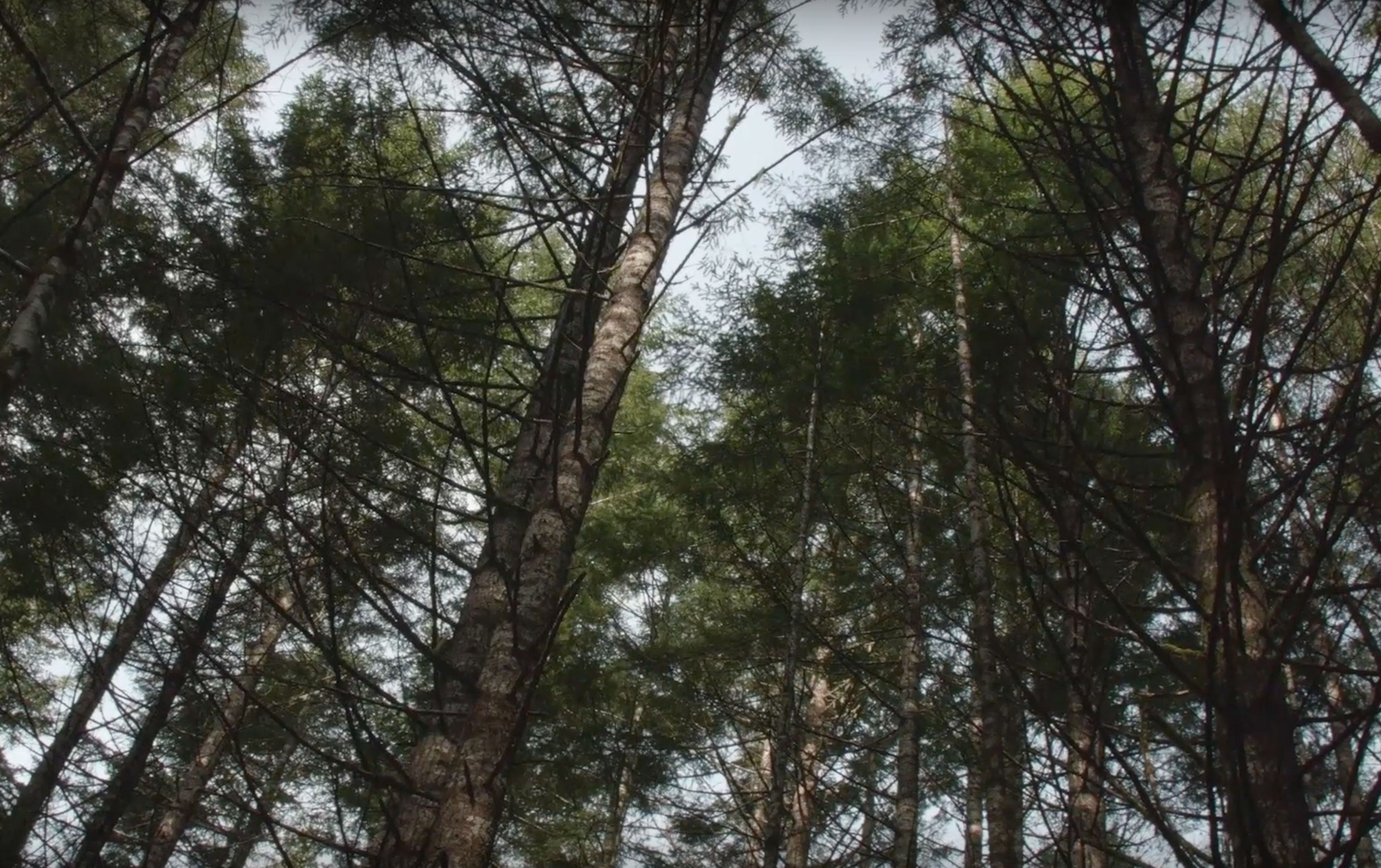Unmanned aerial vehicles (UAVs), sometimes referred to as “drones,” have been the focus of recent international attention because of their military use. However, these systems also have many domestic uses that are practical and benign and should be embraced for their potential to save money and lives.
UAVs are an emerging industry that Oregon can help lead, and the state would be wise to support it. Oregon State University has formed a consortium with industry, government and others to develop the use of these aerial systems, a potential multi-billion dollar job growth engine that will also provide significant benefits to society.
Under a mandate from Congress, the Federal Aviation Administration will establish several test sites for UAVs by 2015, and one of those sites could be in Oregon. Our state offers a unique combination of research excellence, varied terrain, relevant industry and local applications in agriculture and forestry.
There’s not much that UAVs can do that a pilot in a small plane couldn’t do, but they can do it more safely and at much lower cost. UAVs can monitor and help manage wildfires or support a search and rescue mission. They can help forest-product industries plant trees to avoid wind or heat damage. They can monitor wildlife, improve irrigation, detect crop-disease outbreaks and gauge environmental health.
Decades of experience in remote sensing have drawn OSU to this venture. Our oceanographers use NASA satellites to monitor global phytoplankton productivity and identify harmful algal blooms. We use optical remote sensing to detect earthquake faults, assess wildfire impacts on forests and measure tsunami inundation patterns. We have instruments on the International Space Station to study shoals and ocean shores.
Natural Extension
We have already formed the OSU Unmanned Vehicle System Research Consortium to bring a national UAV test center to Oregon. The business and job potential is high. With more than 300 companies and nearly 7,000 employees, Oregon’s aviation sector sees UAV technology as a natural extension of industry within our state that already is building helicopters, small aircraft and aviation components. OSU and industry partners n-Link and Prioria have conducted the state’s first FAA-sanctioned mission – a UAV flight over McDonald Forest near Corvallis that provided live video of the research forest.
We recognize that the transition toward the civilian benefits of UAVs has raised privacy concerns. Protection from prying cameras where there is a reasonable expectation of privacy is a legitimate concern, legally protected by current law and the Fourth Amendment of the U.S. Constitution.
Every new technology raises some kind of social concern, and society figures out reasonable solutions. We urge that these solutions be pursued in parallel with the needed technical research as the FAA develops a comprehensive privacy policy.
This technology will be developed somewhere in the United States. Because of Oregon’s comprehensive scientific and industry experience, and our state’s ideal geography, we can choose to be a leader in this exciting venture. That choice would be good for Oregon business, industry, researchers, workers and our environment.





3 Comments
Another great use for UAVs that I was thinking about the other day is storm chasing. With all of the tornadoes and hurricanes we’ve been having, it would make sense to send UAVs in to measure the winds and pressures instead of using traditional manned storm chasing aircraft as we have until now. This all looks very promising.
Unmanned Aeriel Vehicles (UAV’s) commonly know as drone is also immensely used in the area of civil applications . They are usually deployed for military and special operation applications, but also used in a small but growing number of civil applications, such as policing and firefighting, and nonmilitary security work, such as surveillance of pipelines etc…
Why not? Oregon State University can definitely play the lead role in realizing the full potential of Unmanned Aerial vehicles (drones) when used for domestic purposes in agriculture, foresty, brush fires etc. etc.